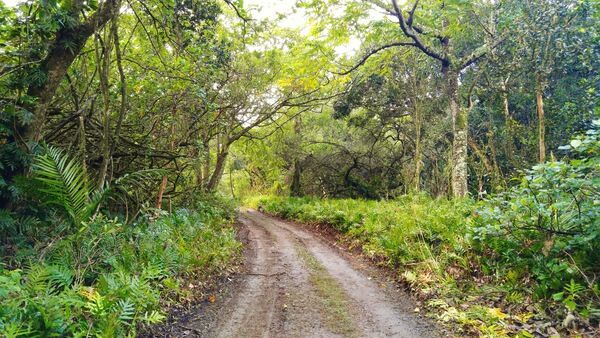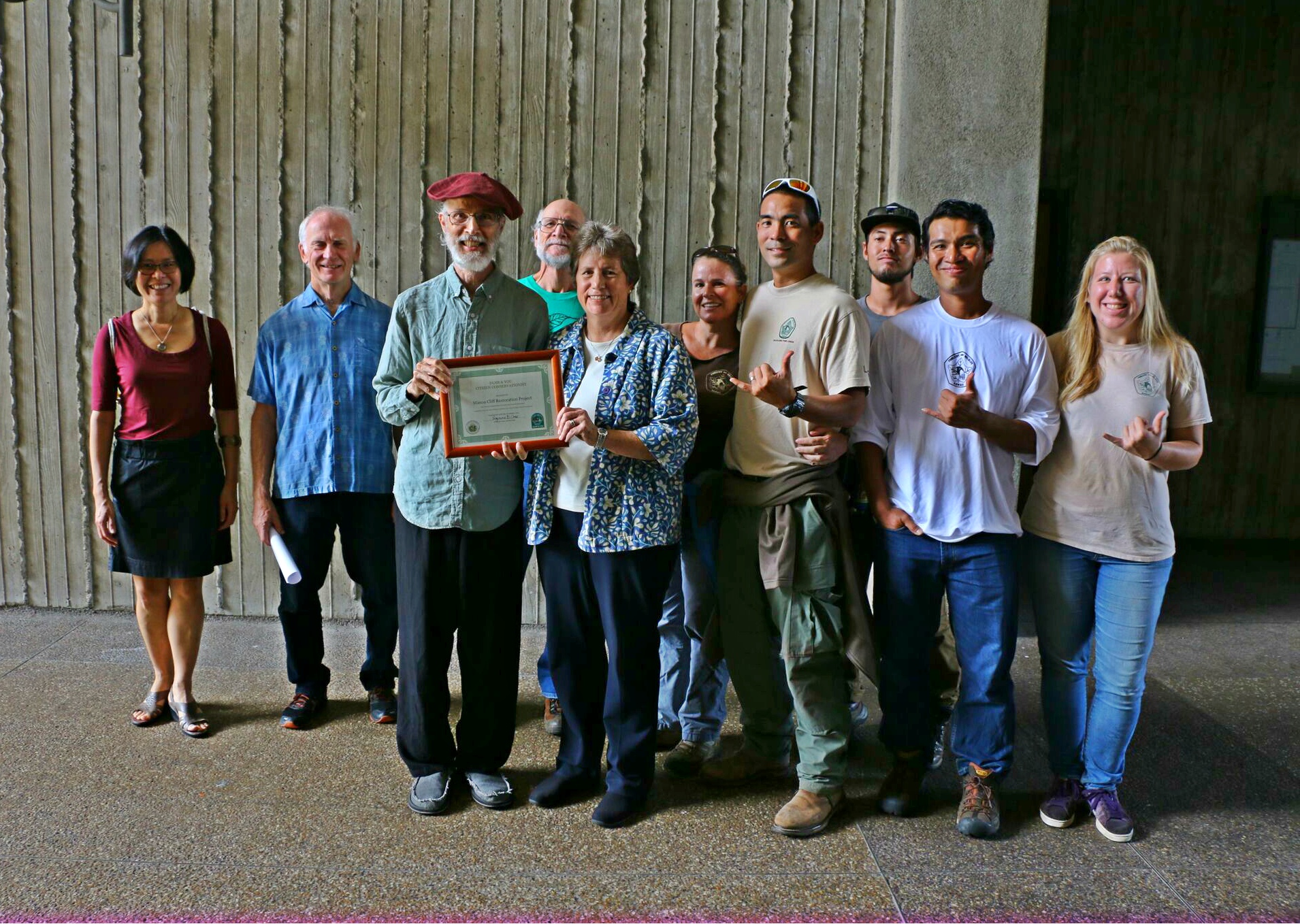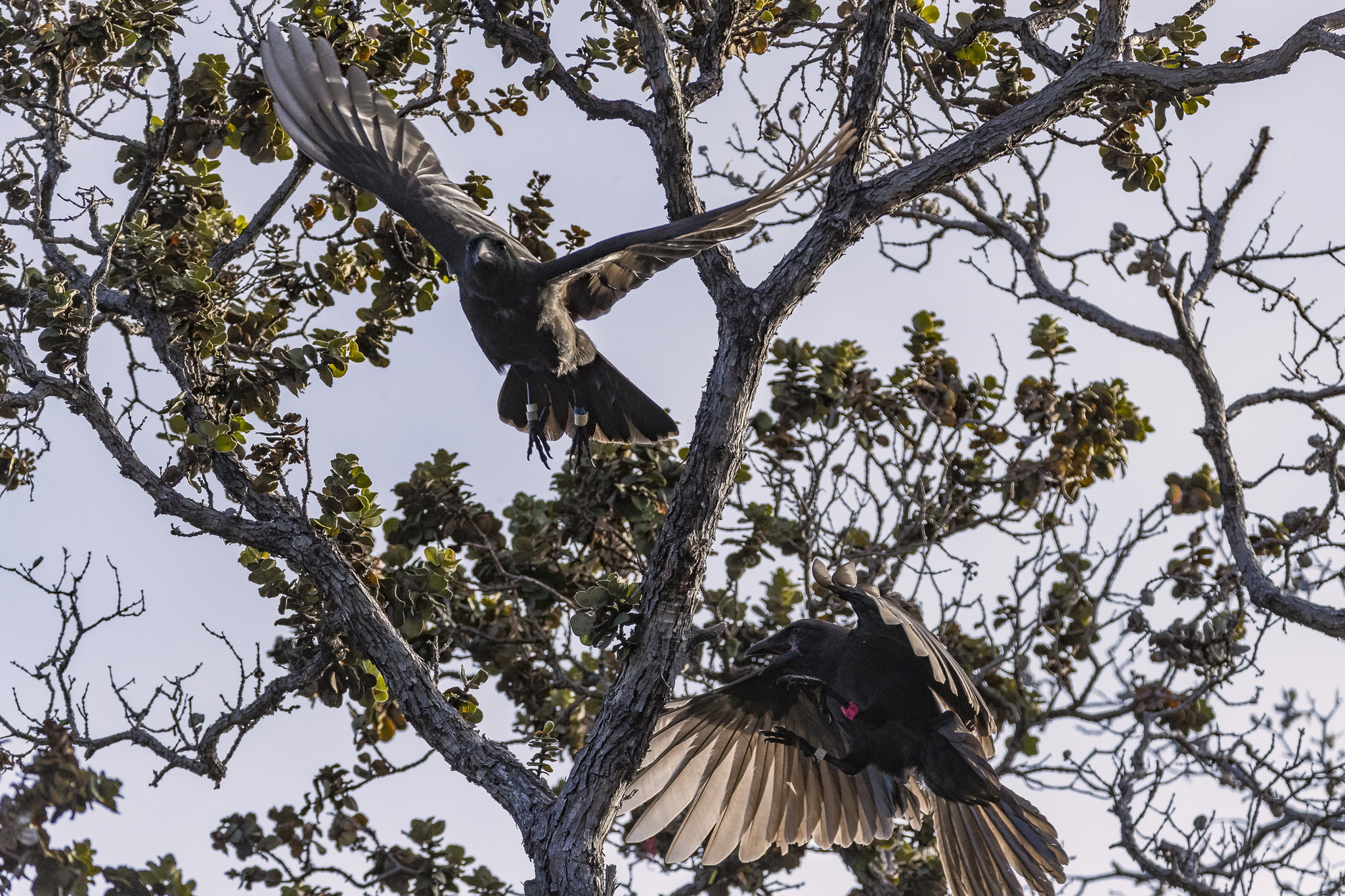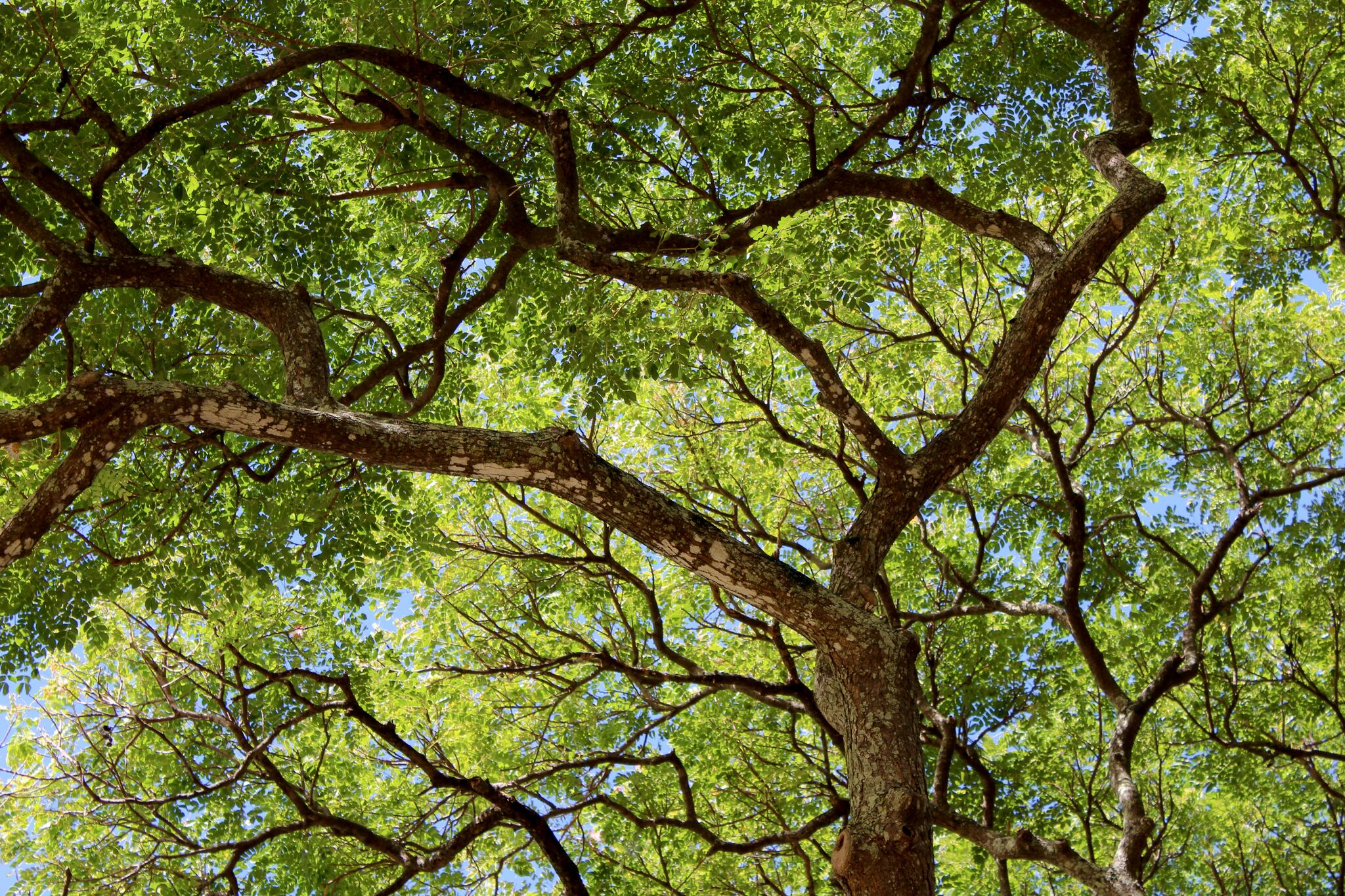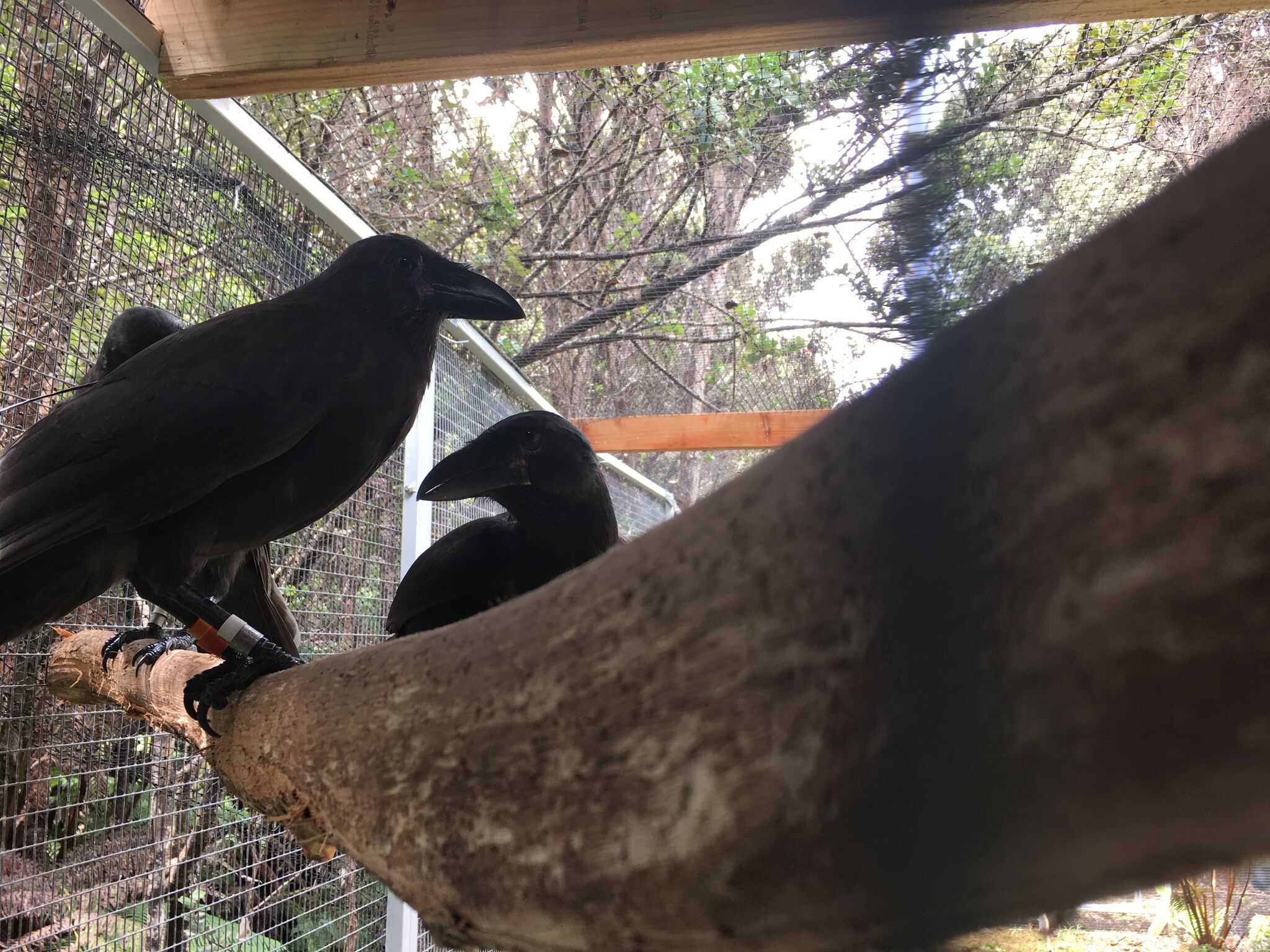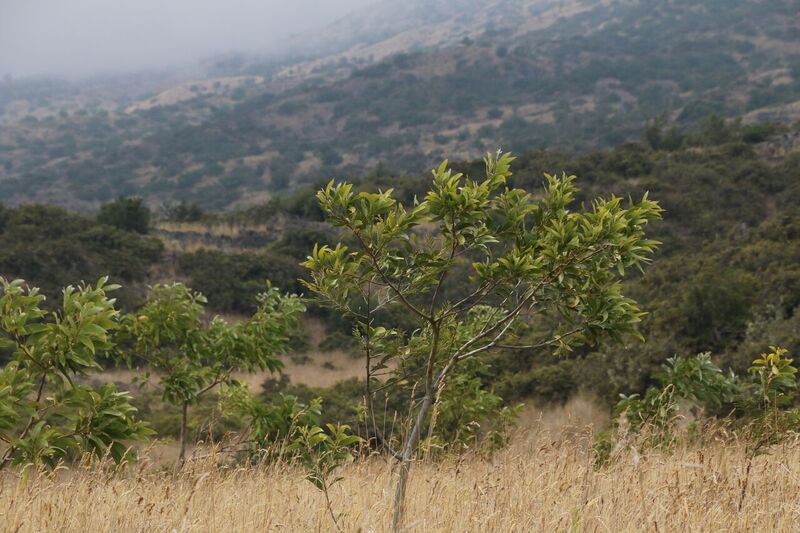The Department of Land and Natural Resources (DLNR), O‘ahu Division of Forestry and Wildlife (DOFAW) and the Moanalua Gardens Foundation (MGF), in conjunction with Community Planning & Engineering, Inc. (CPE) have begun road repairs to the Kamananui Valley Road in Moanalua Valley. Kamananui Valley Road and the popular Kulana‘ahane hiking trail will remain open during regular trail hours; however, some phases of the project will require periodic, full-valley closures.
Natural Area Reserves
The Department of Land and Natural Resources announces the opening of the 2017-2018 game bird hunting season on Saturday, November 4, 2017. The fall game bird hunting season will run through Sunday, January 28, 2018. A valid hunting license and a game bird stamp are required for all game bird hunting on public and private lands. All game bird hunting is regulated by Hawaii Administrative Rules Title 13, Chapter 122 (see https://hawaii.gov/dlnr/dofaw “Administrative Rules” for all legal hunting days).
Every Sunday morning, for the past twelve years, members of the Manoa Cliff Restoration team trudge up the Maona Cliff Trail in the Honolulu Watershed Forest Reserve to begin another day of work. This is a labor of love; one born out of concern for the health of native forests being choked out by invasive species.
Five young ‘alalā, two females and three males, were released into Pu‘u Maka‘ala Natural Area Reserve (NAR) on the Island of Hawai‘i on Wednesday, October 11th. This second group of birds joins a previous group that had been released into the forest at the end of September. These eleven birds represent what conservationists hope will be the beginning of a recovered population of the endangered crow species on the island.
The recent project aimed at eradicating invasive rats from the State of Hawai‘i’s Seabird Sanctuary on Lehua Island is the subject of a half-hour long TV documentary that chronicles the operation from beginning to end. Scheduled for broadcast on KFVE-TV (K5) on Saturday, Oct. 21st and Sunday, Oct. 22nd at 9:30 p.m. and 6:30 p.m. respectively, the program was produced by DLNR with support from the Lehua Island Restoration Steering Committee; the group of government agencies, non-profit and community organizations, and other supporters involved in the eradication of rats.
The Department of Land and Natural Resources, Division of Forestry and Wildlife’s Kaulunani Urban and Community Forestry Program is bringing its successful and unique Citizen Forestry Tree Inventory Program to the Honolulu ahupua‘a of Waikiki. The program, which begins training in mid-October, seeks volunteers to become Citizen Foresters and help gather valuable data about Honolulu’s urban trees that contributes towards improved management of these important community assets.
Six young ‘Alalā—critically endangered Hawaiian crows—were released into Pu‘u Maka‘ala Natural Area Reserve on the Island of Hawai‘i, today. The first group of birds: two females and four males took some time to emerge from the aviary where they had been temporarily housed and they appeared to show a natural curiosity for their surroundings. Plans are to release a second group of five birds: two females and three males in mid-October from the same release aviary
The Department of Land and Natural Resources (DLNR), Division of Forestry and Wildlife (DOFAW) will close the Kula Forest Reserve, Waipoli Access Road, Kahikinui Forest Reserve – Papa‘anui Tract, and Polipoli Spring State Recreation Area for two weeks from Monday, October 2, 2017, through Friday, October 13, 2017, to allow for scheduled road repairs, trails repairs, road safety improvements, and fuel reduction work.
Grants from the State of Hawai‘i Land Conservation Fund support efforts by state agencies, counties, and nonprofit land conservation organizations to acquire land and protect resources for public benefit. The Department of Land and Natural Resources (DLNR), through its Legacy Land Conservation Program, seeks applications from these partners for grants to preserve – forever -- land that has natural, environmental, recreational, scenic, cultural, agricultural production, or historic value, including park and trail systems that provide access to such land.
A first-of-its-kind initiative in Hawai‘i to use carbon offset credits for reforestation and recovery of Hawai‘i Island pasture land is moving forward with the release of a Request for Proposals (RFP). The program involves planting of native tree species such as koa and mamane, restoration of the watershed on the north slopes of Mauna Kea, and habitat restoration for the endangered native bird, the palila. The initiative will generate revenues for all the activities through the sale of carbon offset credits
